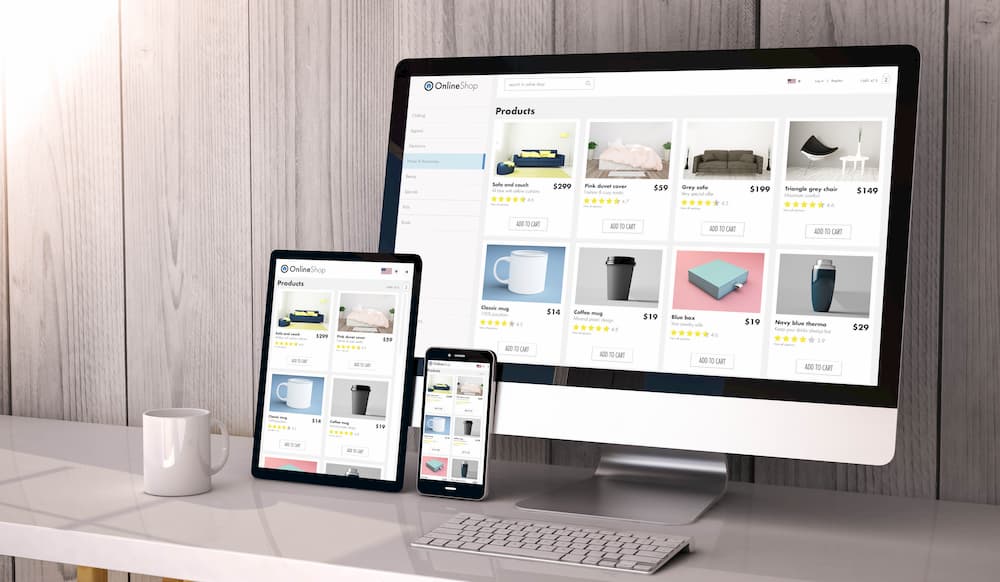Augmented reality or AR as it is aptly referred to, first began to impress its possibilities with the arrival of the popular Pokemon Go App in 2016. It has since managed and continues to filter into many areas of modern life. Strangely though, many people do not realize that they are using AR. Take Snapchat filters for instance. The whole concept is centered around AR. It therefore does not come as a surprise that AR has found its way into retail business thanks to the heightened engagement and interaction it offers. In simple words, it makes it easy for business owners to create enhanced customer experience.
The Concept
The word ‘augment’ means to enhance or to add something. In referees to AR, augmentation refers to adding computer generated graphics, touch feedback and sound and superimposing it to how a person views the world. Note that there is a big difference between Augmented Reality and Virtual Reality. VR is all about a person submersing himself or herself entirely in a virtual environment through vision and sound. It is limited to entertainment particularly gaming. AR is not. As a matter of fact, the possibilities that come along with AR in retail businesses are endless.
AR And Customer Expectations
Customer expectations always change. AR steps in to enhance customer expectations in two key areas. First, it provides information. This is important because the main reason why customers use the phones in brick and mortar stores is to get more information before purchasing. AR makes it easy for customers to get vital information. They can quickly compare prices and go through reviews.
Then there is the personalization aspect that AR offers. Shoppers today demand highly personalized shopping experiences. They want to receive valuable information solely based on their unique needs. AP steps in to help retailers easily implement individualized in store experiences.
How It Works In Retail
Shoe brands now use shoe sampling applications to give customers personalized experiences. The goal is to help customers see what their desired shoes will look like on their feet anytime anywhere. All a customer needs to do is to download an application, select the shoe they want to try on then hold their smartphone camera over the foot on which they want to try the new show on. AR will do the rest. it gets better with the fact that some applications allow users to save the image then share it on social media for feedback from friends.
Home décor and furniture businesses haven’t been left behind. AR steps in to help customers remotely visualize how new décor and furniture will look in their homes or even offices. Retailers in the cosmetic industry stand to benefit too with AR technologies that can scan faces, figures, eyes and lips. A customer can then ‘use’ any of the cosmetic products they wish to buy from an online store just to see how the product will look on their faces.
Point To Note
Programming AR applications calls for specialized knowledge and skill, but it’s worth it. In a year or two, AR will feature prominently in the retail sector as much as POS systems now do. Find the right software partner to help you set up an AR app for your retail business. Be sure to include shareability options in your app. Be sure to also make it fun and user friendly.
